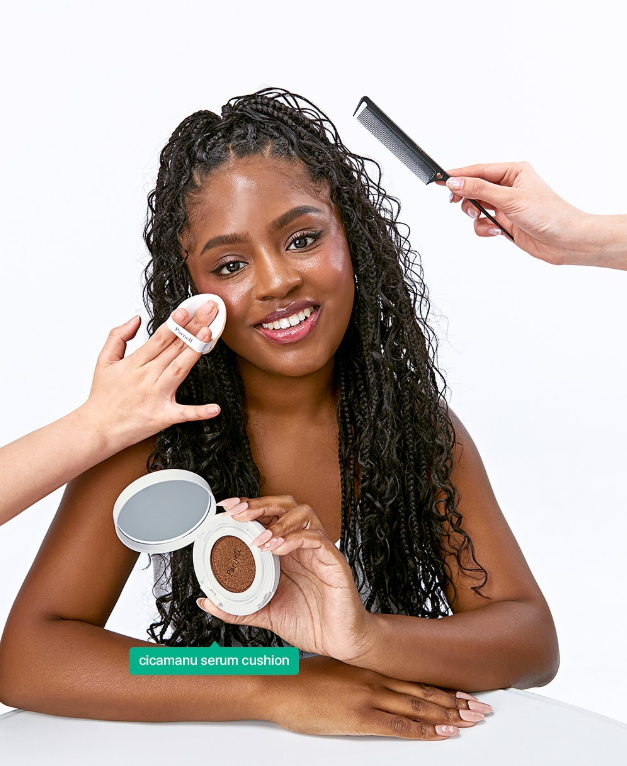
Hyper-Pigmentation Facts
Author: MMM Team
17 Sep 2019
1. What causes hyper pigmentation?
Hyperpigmentation occurs when melanocytes are hyperactive or there is a high concentration of melanocytes, which can be caused by exposure to UV rays, hormonal changes, skin issues such as picking at the skin or acne, medication, inflammation and heredity. Hyperpigmentation is a blanket term that covers age spots, liver spots, sun spots, pregnancy masks and freckles and can affect any part of the body. There are treatment options that aim to lighten affected areas but there is no cure.
2. Are there different types (e.g. UV-induced, Melasma, Post-inflammatory and photo-sensitive)?
The types of discoloration vary. UV-induced discoloration is light to brown in colour and appear on the face, chest and hands as sunspots, age spots or liver spots. UV-induced sunspots tend to be small and dark. Freckles, which are also caused by the sun, can be a varying brown, red or black in pigment and appear on the face, chest and arms.
Melasma discoloration is light to medium brown in colour and is inconsistent in size. It commonly appears on cheeks, sides of face, upper nose, above the lip and forehead. A surge in hormones and sun exposure are to answer for Melasma.
Post-Inflammatory hyperpigmentation, or PIH occurs on the face and is light to dark brown in colour. It’s caused by inflammatory acne, pimples, burns, cuts or abrasions.
Photo-sensitive hyperpigmentation usually is drug-induced. High doses of medication together with long exposure to light cause darkening of skin.
3. What are some of the most effective ways to treat or prevent pigmentation (e.g. salon treatments and at-home products)?
The most preventative thing to do is wear sunscreen. Sunscreen is essential if you already have hyperpigmentation as it helps to prevent the spots from darkening further. Most of my clients (including myself) mix Actinica 50+ with foundation or tinted moisturiser for daily coverage. With a customised skin regimen, the appearance of hyperpigmentation can be minimized.
Every skin is unique and responds differently to various modes of treatment. Therefore it is important before you get treatment to make sure the person you go to really understands the different types of skin and how each skin will respond to various treatments.
Skin can generally be divided into 6 types depending on level of natural pigment or amount of melanocytes in the skin.
People who are Fitzpatrick III or above are prone to pigment but also at a high risk of developing PIH. For this reason, treatments such as IPL and Fractional lasers must be used with extreme caution as it can make existing pigmentation worse. For these people, it is best to start slow and gentle with to minimise any risk of making pigment worse. I generally prep people first with skincare containing anitpigment ingredients first such as Retinol and Hydroquinone before starting any skin treatments.
One of the most difficult problems in the past is melasma. It is exceptionally common in people of skin type III and above and I am also seeing it more with lighter skin types as well. The problem is that this type of pigment is generally too light for lasers and IPL to treat but dark enough for us to see with the naked eye. Hence most of my patients come in saying that it makes their face look “dirty”. I myself have had it after my pregnancies and tried everything from Fraxel to IPL to treat it with no success. Fraxel and IPL whilst can be great treatments for those with Skin type II and less, for those with Skin type III and above, it may not work as well.
However, we have discovered this amazing peel called Cosmelan and it has been the only thing that has managed to treat my pigment with no PIH. It is also safe to use on people with Skin type III and above. However, it is important to understand that whilst treatment like this can lift pigment, it is not a cure and you need ongoing maintenance to keep it at bay. This means being very rigorous with sunscreen, using the right skin care and regular gentle IPL and LED treatments. IPL and LED treatments are great for maintenance and preventing pigment in people with Skin type III who have already had their pigment treated.
It may sound like a lot of effort, but as someone who never needs to wear concealer anymore, it is a small price to pay!
Subscribe
For all the latest news, tips, trends and exclusives, be sure to sign up to receive the latest straight to your inbox.
By clicking subscribe you agree to our terms and privacy policy.
Subscribe
For all the latest news, tips, trends and exclusives, be sure to sign up to receive the latest straight to your inbox.
By clicking subscribe you agree to our terms and privacy policy.











